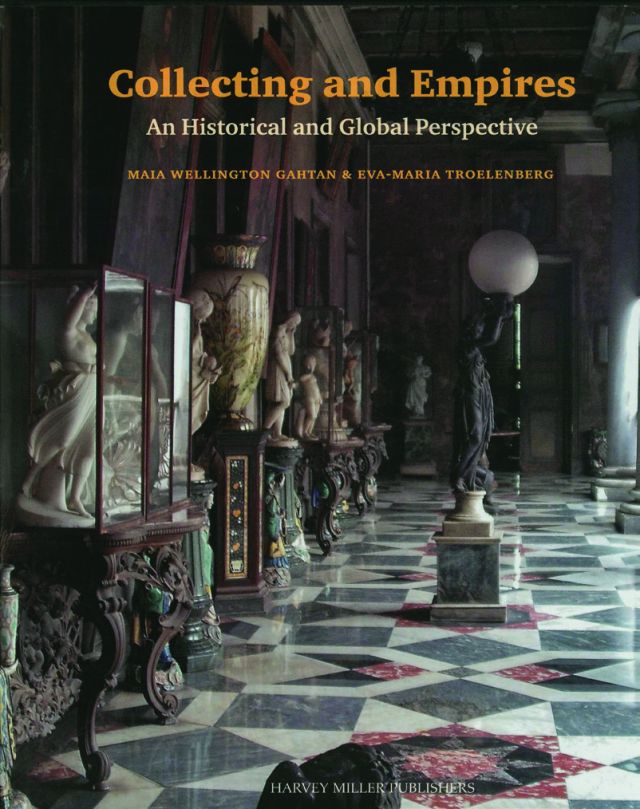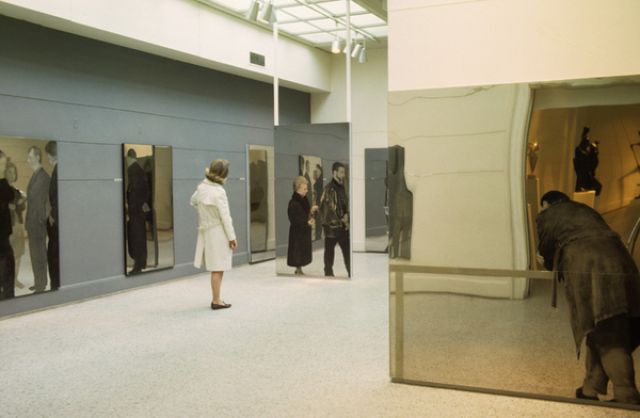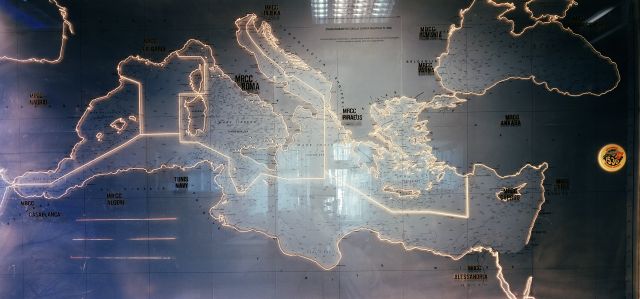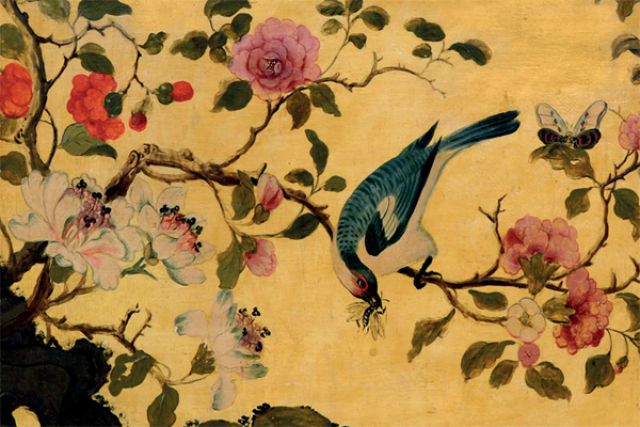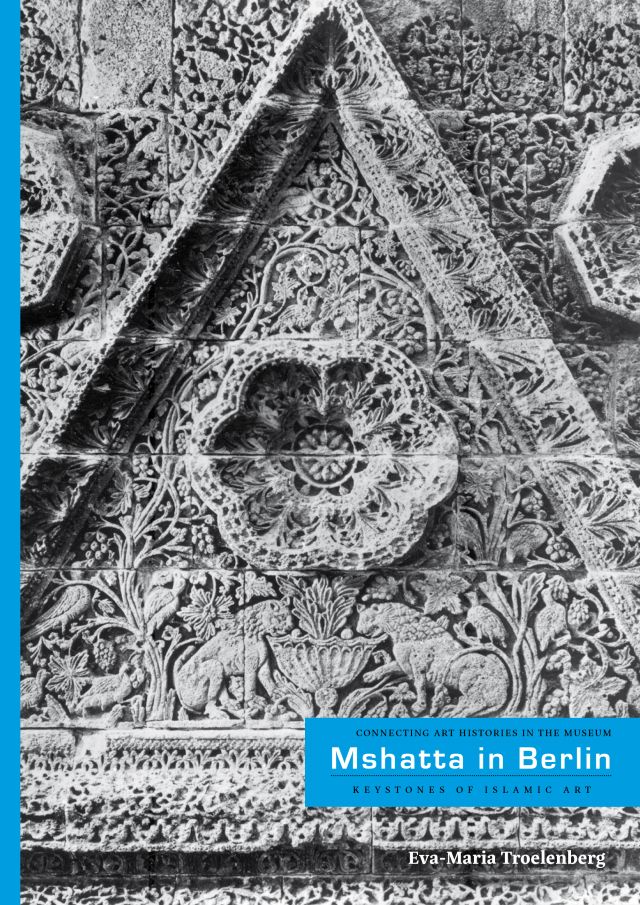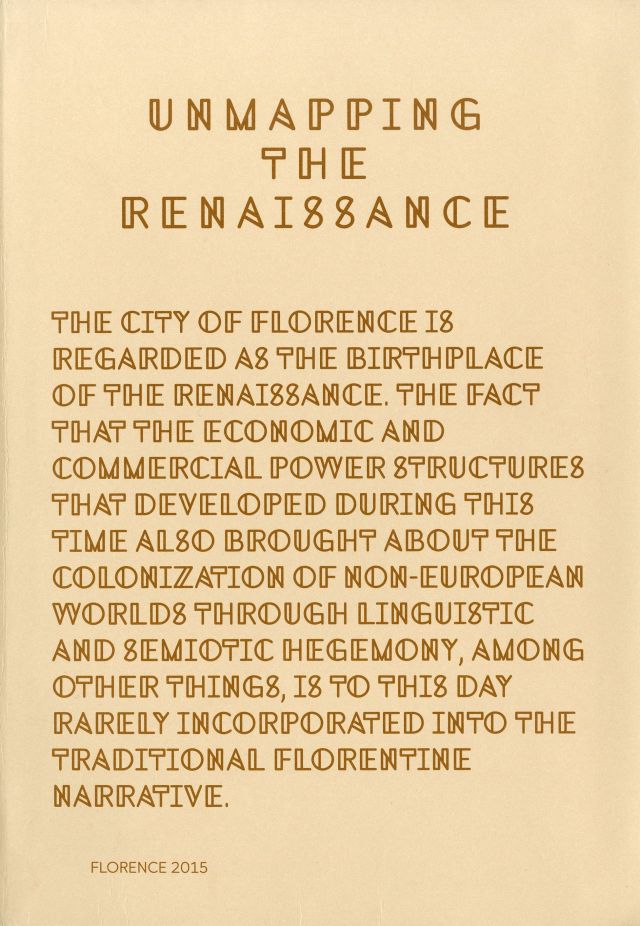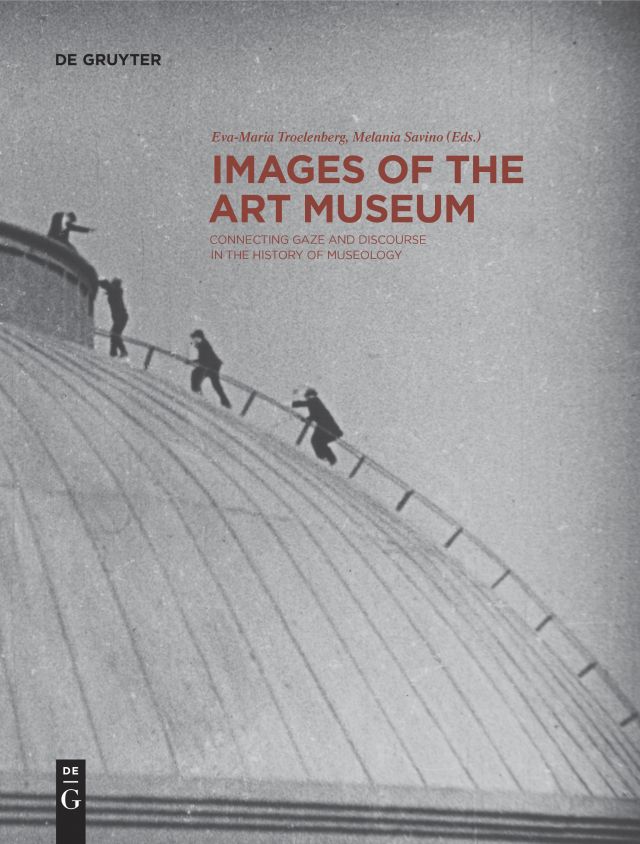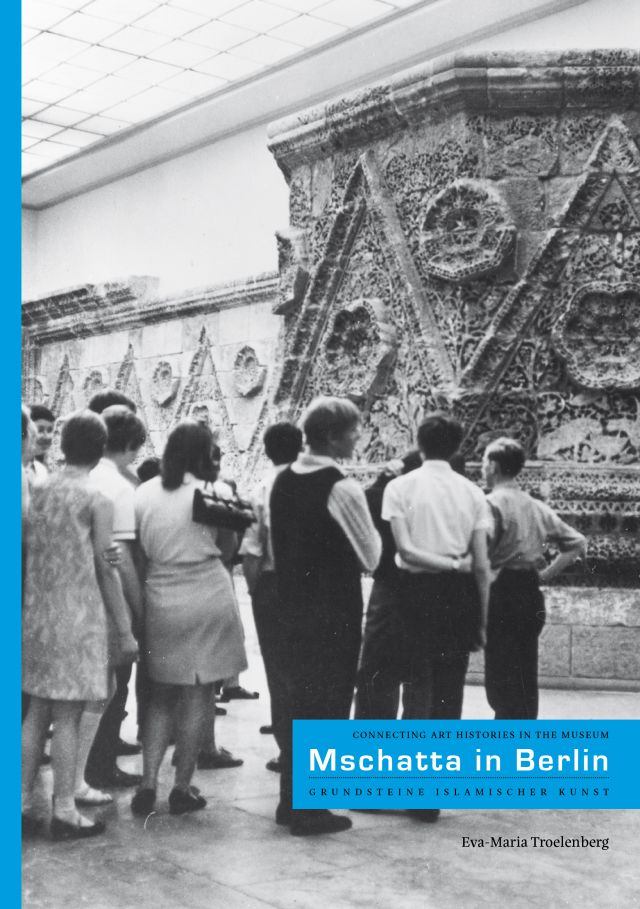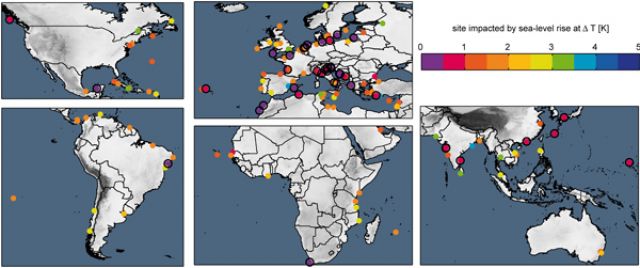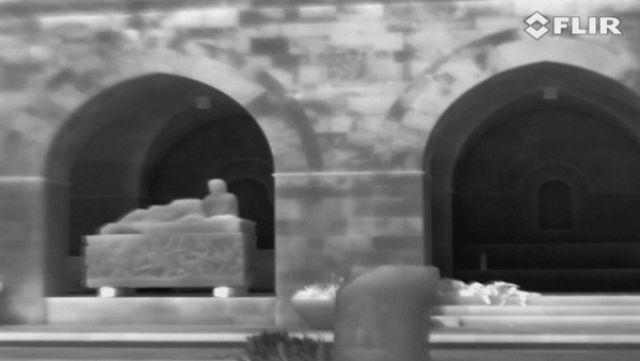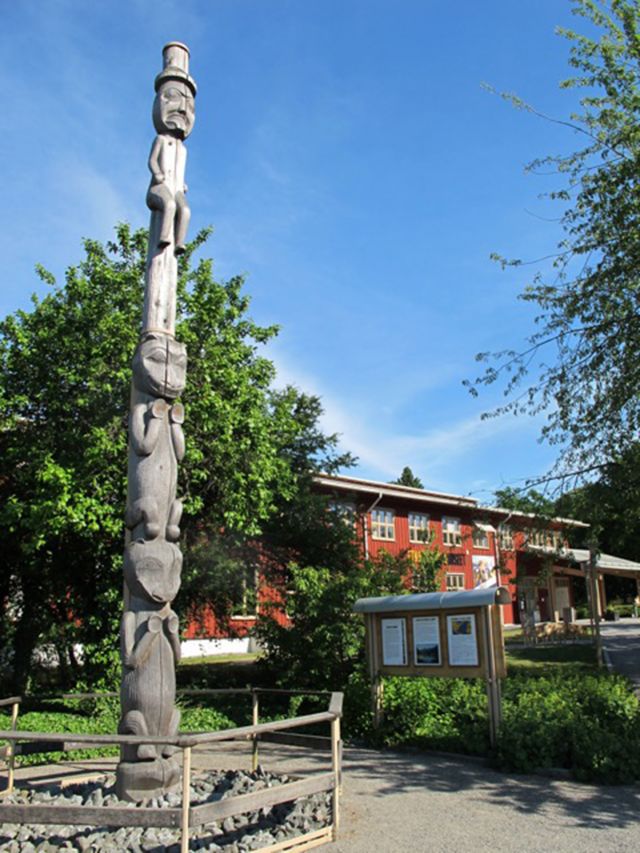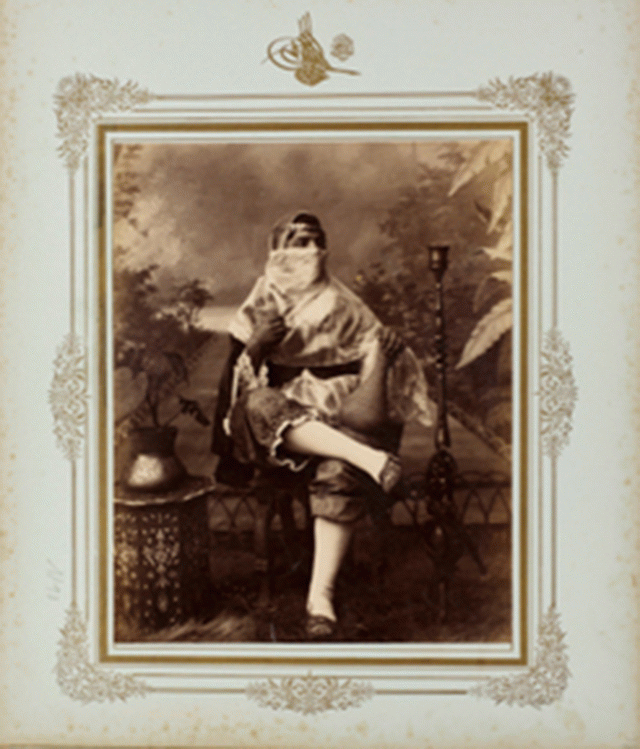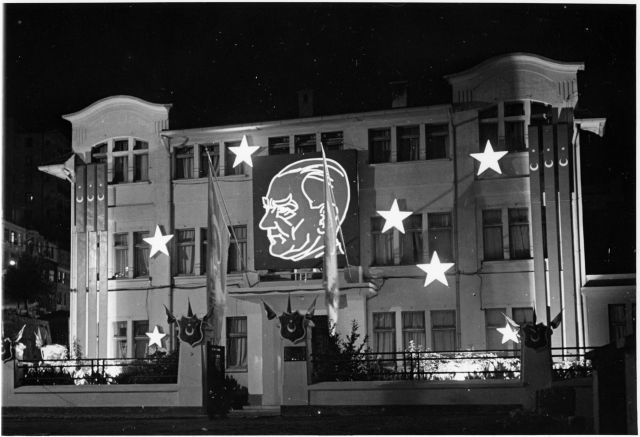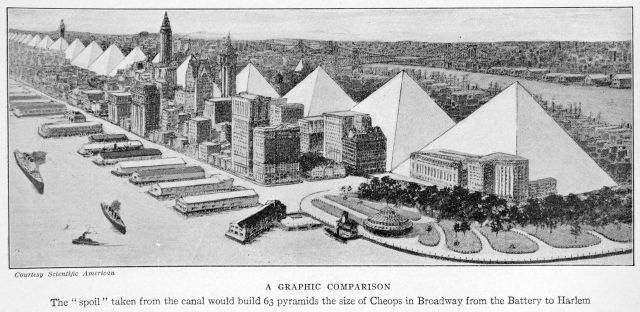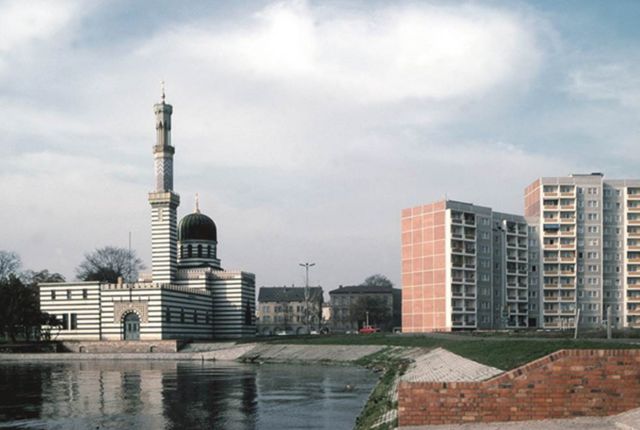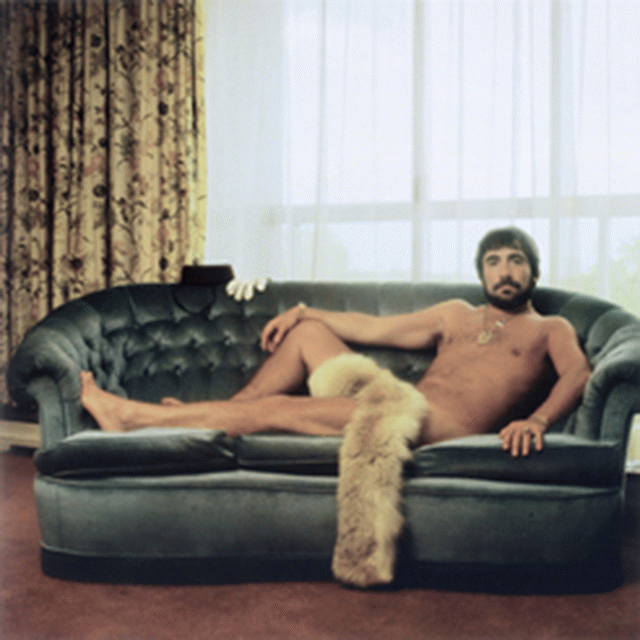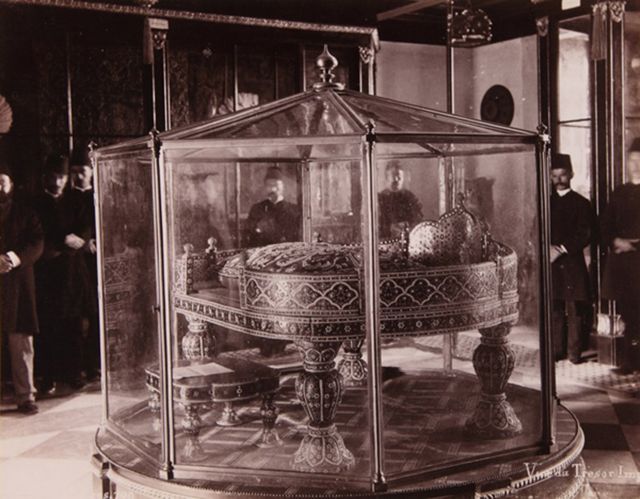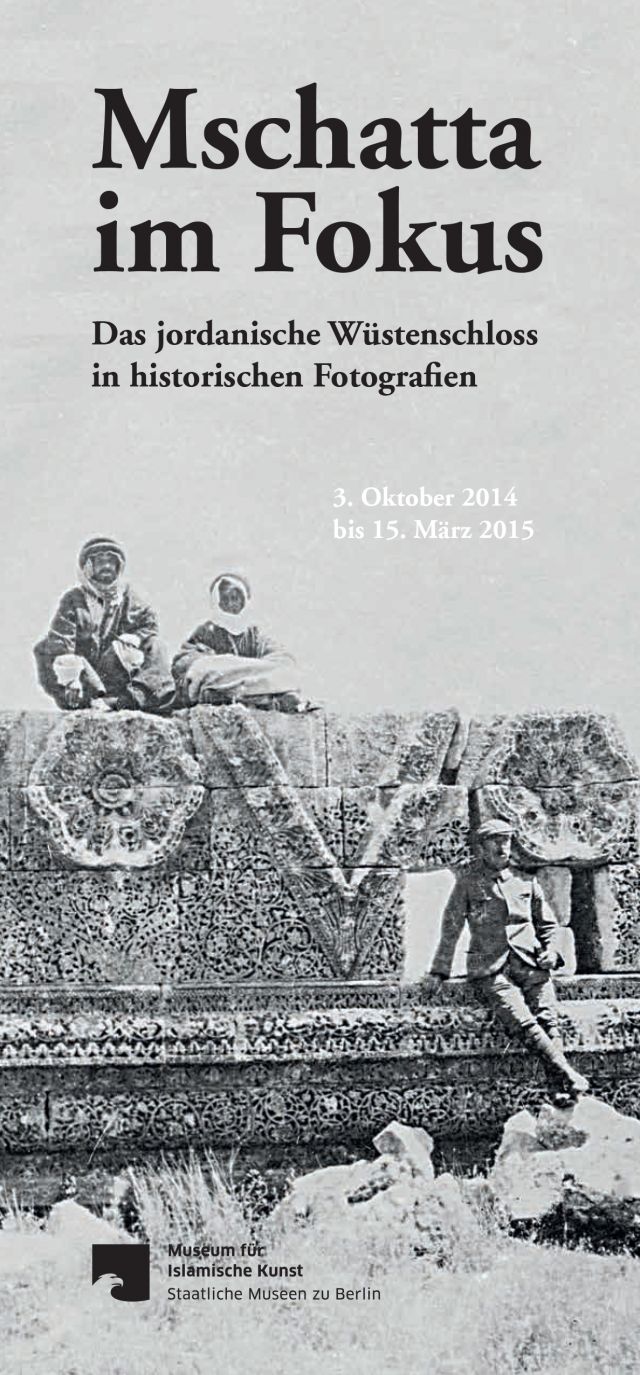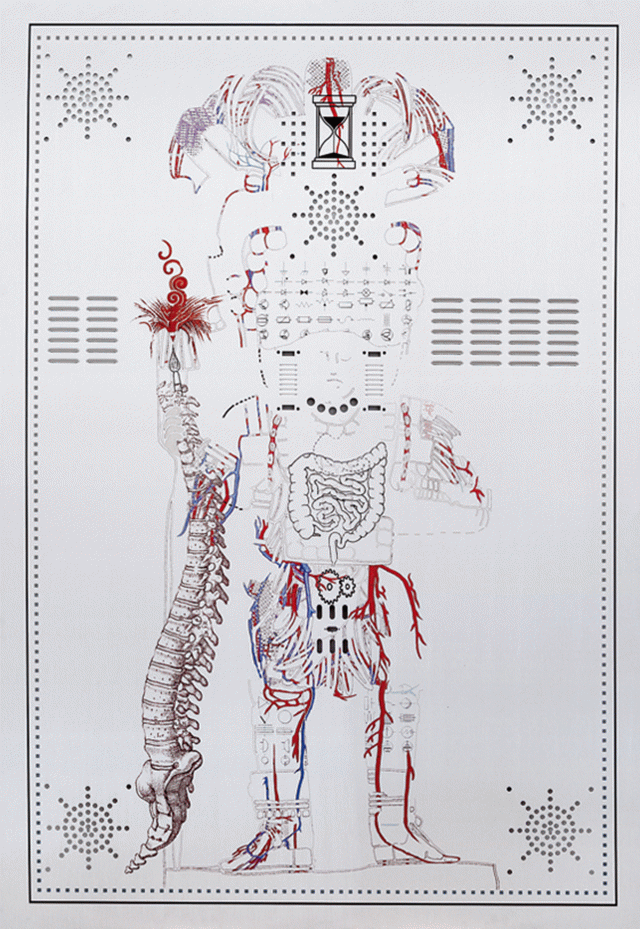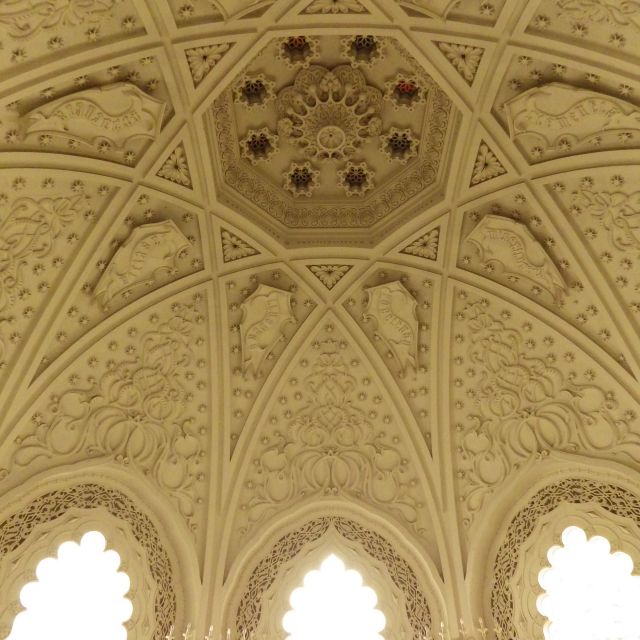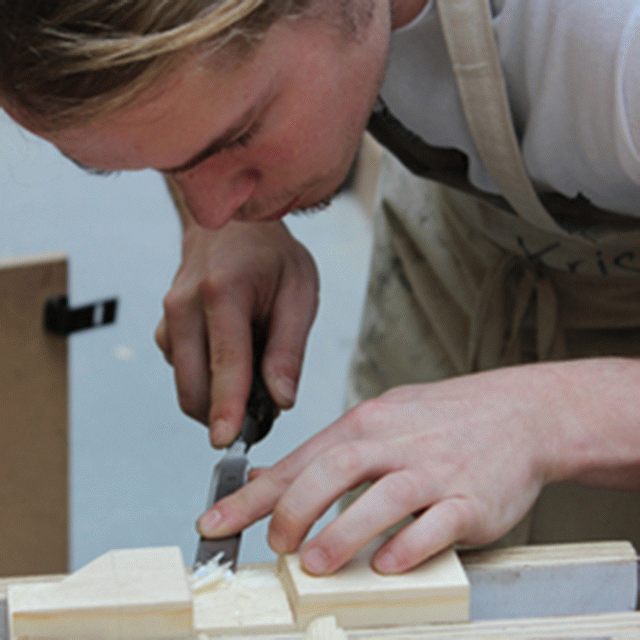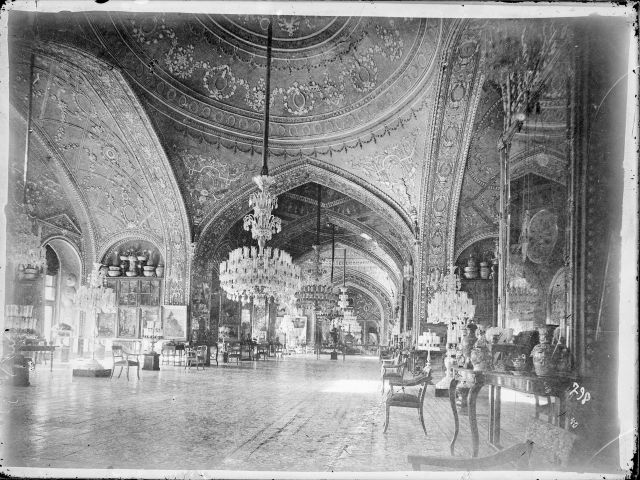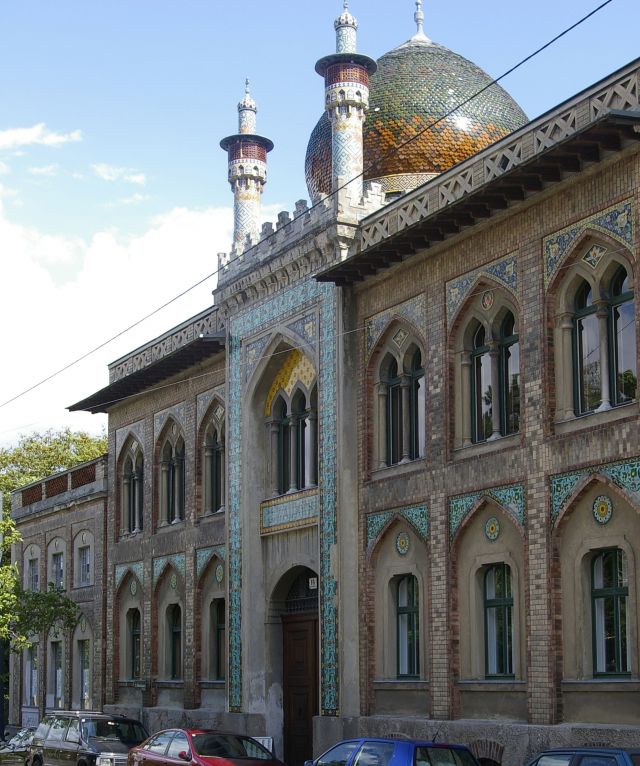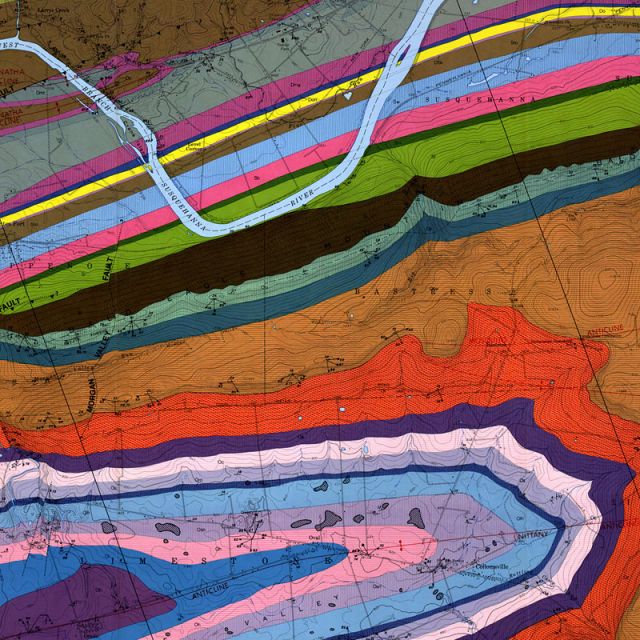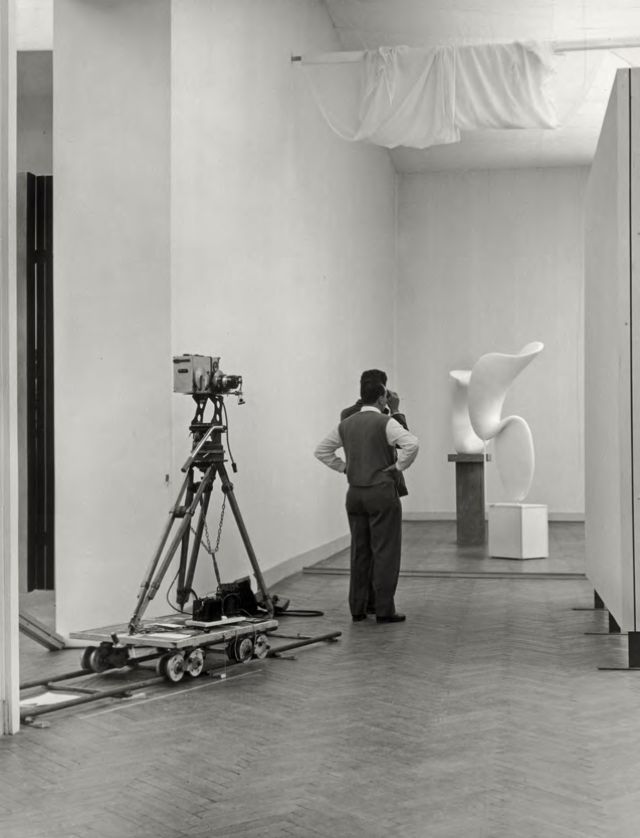Objects in the Contact Zone.
The Cross-Cultural Lives of Things
Max Planck Research Group
Eva-Maria Troelenberg
Running time: 2011 – 2018
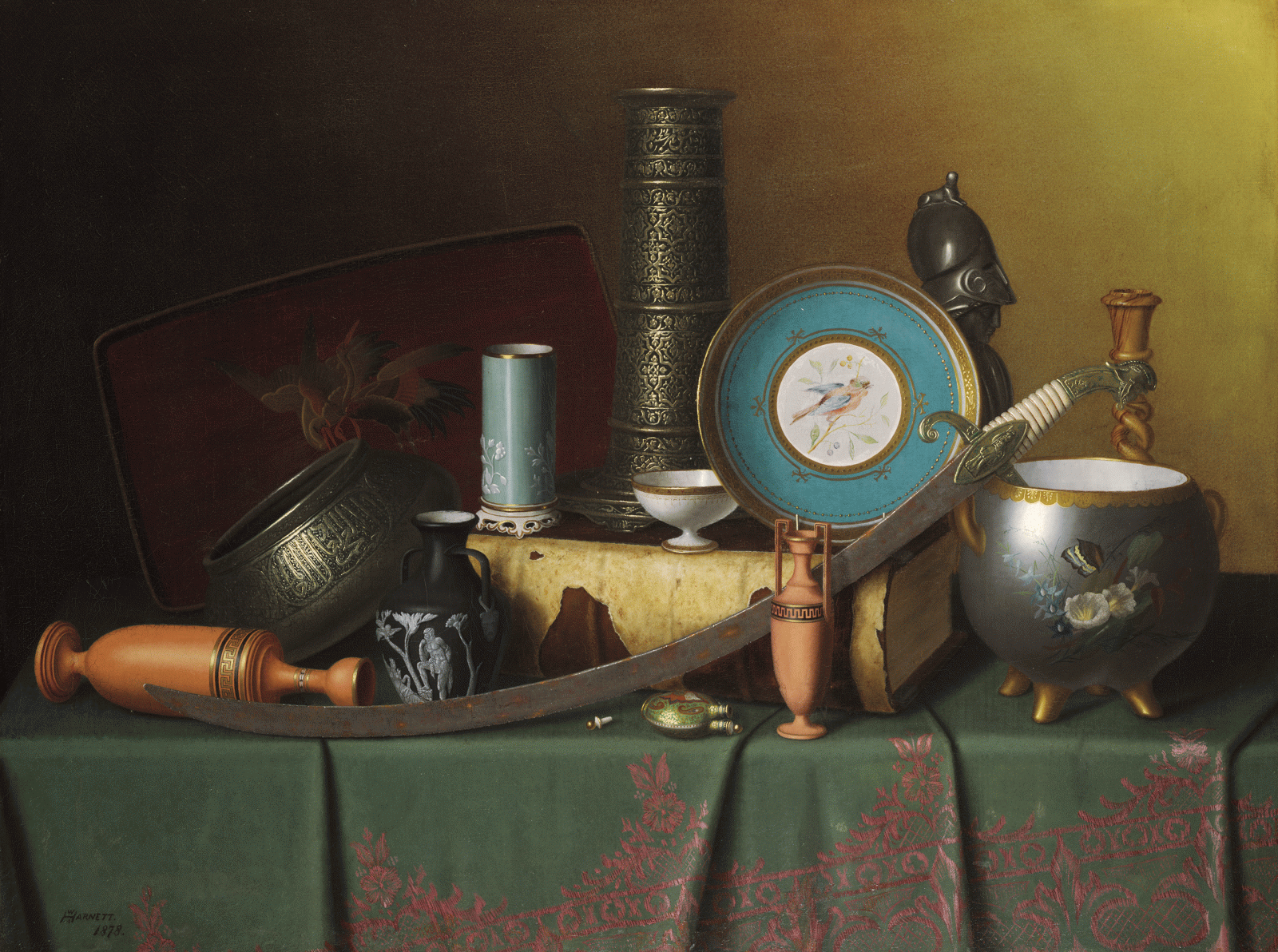
One of the major challenges facing art history today is the issue of globalization with its cultural implications - both regarding retrospective historical narratives and contemporary methods. As scholarship and museum audiences alike are becoming more and more internationalized, a (self-) critical analysis of disciplinary standpoints seems more important than ever and is at the center of ongoing discussions within and beyond academia.
The initial and primary aim of this group project is to adapt the notion of the "contact zone" and connect it explicitly to the object. Our project starts with the perspective that non-European objects, which are shown and stored in our museums or collections, and that are reproduced, described, analyzed and categorized through visual media and arts, are situated in a contact zone. The contact zones under consideration create particular conditions of perception and reception, resulting both from the object’s own aura, provenance, or biography and from the recipient’s predisposition and intentions. We thus reject simple models of "stimulus-response", "influences" or essentialist theories of "exoticism" or "Orientalism". The project follows a potentially asymmetric, but basically reciprocal or polycentric working hypothesis of transculturation, thus also seeking to break up its own initial East-West binary. We are looking at various case studies which can shed significant light on the production of knowledge in such contact zones.
Our examples deal with the interrelation between particular objects or groups of objects and their cross-cultural reception as mediated through museums, collections, publications or other visual or performative cultural practices in the colonial and postcolonial age. We are mainly focusing on exchange processes within the larger modern Mediterranean and its global connections.
Together, our case studies can bridge the theoretical space between cross-cultural studies and visual culture phenomena and may also induce critical reassessments of established narratives, categories and key terms such as the very idea of "transculturation" itself. As our work is embedded into questions of institutional history as well as into the history of science, knowledge and representation, our overarching research queries have developed significantly towards fields such as:
- museum theory and exhibitions in cross-cultural context
- agency theories for polycentric and transcultural art histories
- political and social functions of aesthetic differences and convergences
- critical approaches to canon and chronology in art history
Rhea Blem is completing her bachelor's degree in art history at the University of Zurich. Her research focus is on African arts and aesthetics, their reception and representation both historically and in a contemporary environment, the migration of materials, museological practices and strategies of display. Further interests include the history of utilitarian objects, Postcolonial Theory and Art History in a global context.
Felicity Bodenstein is a post-doctoral fellow at the musée du quai Branly - Jacques Chirac in Paris. As a museum historian, her work focuses in particular on questions of display and representation in colonial and post-colonial contexts. In September 2017, she will join the project ‘translocations’ at the Technische Universität in Berlin dedicated to issues of displaced art.
Alison Boyd is currently a post-doctoral research fellow in the "Objects in the Contact Zone: The Cross Cultural Lives of Things" Research Group at the Kunsthistorisches Institut in Florenz - Max-Planck-Institut. She completed her Ph.D in Art History and Gender and Sexuality Studies at Northwestern University. Her main areas of research are Modern and Contemporary Art, Art of the African Diaspora, Feminist Art History, and the politics of display.
Sria Chatterjee is currently a PhD candidate at Princeton University and doctoral fellow at the Kunsthistorisches Institut in Florenz - Max-Planck-Institut. Her dissertation focuses on the relationships between art, ecology and politics in modern India. Her further research interests lie in Visual Culture and Environmental Humanities, Art History and Anthropology, Postcolonial and decolonial art histories and transnational histories of art and design.
Elahe Helbig is an art and cultural historian whose research focuses on the disciplinary trajectories of photography in Iran and pertains to corresponding fields, like practices of visual representation, political iconography and transnational artistic exchanges. She is currently conducting comparative studies on landscape photography in Iran at the Center for Studies in the Theory and History of Photography at the University of Zurich.
Anna Sophia Messner is an art historian and currently a doctoral fellow at the Kunsthistorisches Institut in Florenz - Max-Planck-Institut and PhD candidate at Ludwig-Maximilians-Universität München. Her research focus includes modern and contemporary art in a global context, Jewish art and historiography, visual culture of Israel and Palestine, history and theory of photography, art history and postcolonial theory.
Emily Neumeier has completed her PhD at the University of Pennsylvania and is currently the ACLS Postdoctoral Fellow at The Ohio State University, teaching in the History of Art department. Her research concerns the art and architecture of the Islamic world from the early modern period until the present day, specializing in the Ottoman Empire and modern Turkey.
Erin Hyde Nolan is an art historian and currently a visiting assistant professor at the Maine College of Art in Portland, Maine. Her research focuses on the circulation of photographs from the Ottoman and Middle Eastern worlds, migration and photography, the intersection of photographic portraiture and ethnography as well as institutional and archival photographic practices.
Kerstin Schankweiler is an art historian and currently a post-doctoral researcher in the Collaborative Research Centre "Affective Societies" at Freie Universität Berlin. Her research focus includes Image Practices in Social Media, Contemporary Art from Africa, Art History and Postcolonial Theory, Art History in a global context.
Cristiana Strava is a social anthropologist and currently an Assistant Professor in the School of Middle Eastern Studies at Leiden University. Her research focuses on questions of ethnographic method, the relationship between urban space and social transformations, and the social and political role of material culture in postcolonial contexts.
Frederika Tevebring holds a PhD in Comparative Literary Studies from Northwestern University. Her research explores the way that Ancient Greece has been used as a foil for modern national identities, especially in Germany. Frederika(She?) is particularly interested in mythological figures that have been described as obscene or sexual and how these have contrasted with idealizing notions of Ancient Greece.
Eva-Maria Troelenberg is head of the Max-Planck-Research Group "Objects in the Contact Zone – The Cross-Cultural Lives of Things" at Kunsthistorisches Institut in Florenz – Max-Planck-Institut. She has taught the history of Islamic art, modern global art history and transcultural museum history at the Universities of Vienna and Heidelberg and as a visiting professor at LMU Munich and University of Zürich. Her recent publications include the monograph "Mshatta in Berlin – Keystones of Islamic Art" (Dortmund 2017) as well as the edited volume "Images of the Art Museum – Connecting Gaze and Discourse in the History of Museology" (Berlin 2017).
Theodore Van Loan is a Ph.D. candidate at the University of Pennsylvania currently completing his dissertation in the Department of the History of Art entitled, "Umayyad Visions: Charting Early Islamic Attitudes Toward Visual Perception. His research focus includes Early Islamic art and architecture (622-1000 C.E.), visual and aesthetic theory, and methodologies of art history.
Matthias Weiß is an art historian and currently a visiting professor at the Kunsthistorisches Institut, Freie Universität Berlin. Also a long-term member of the Max Planck Research Group at the Kunsthistorisches Institut in Florenz – Max-Planck-Institut, he curated the exhibition "Exchanging Gazes. Between China and Europe 1669–1907", which is a cooperation with the Kunstbibliothek, Staatliche Museen zu Berlin.
Tom Young is in the third and final year of a Ph.D. at the University of Cambridge, studying the art of the East India Company. He read history of art at Cambridge for both his undergraduate and MPhil degrees, and has been supported in his current research by the AHRC, the Paul Mellon Centre, and the Yale Center for British Art.



